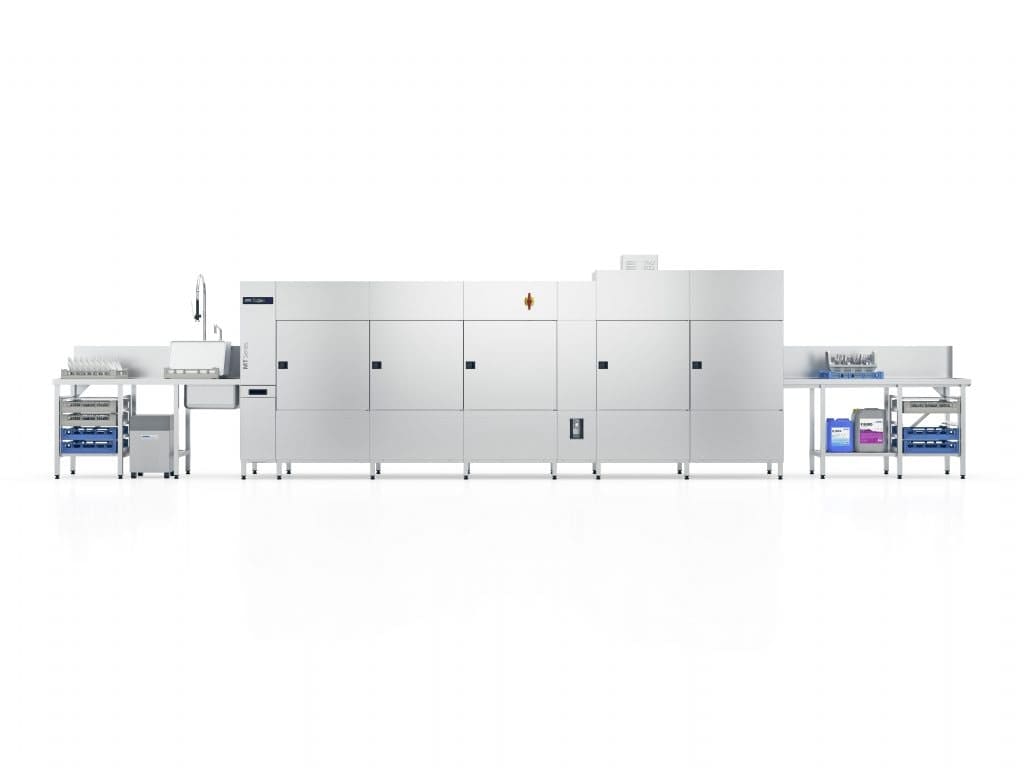
“2019 is set to bring further pain to struggling UK restaurant sector.” That was the rather glum headline of a release from advisory firm Duff & Phelps.
There are many contributing factors. Brexit doesn’t inspire confidence. Chains are closing restaurant branches. The Bank of England recently announced it expects growth this year to be the slowest since 2009 (at just 1.2%). Staff wages are increasing.
But as Jimmy Saunders, director at Duff & Phelps, counters: “Restaurant businesses that maintain their focus on quality, expand through demand driven and organic growth and invest in their infrastructure to meet the growing popularity of online orders stand a better chance of success.”
Adapt or die
Innovation and business acumen are key. This is particularly the case for the mid-market high street restaurants that have been criticised for failing to change and adapt.
“Chains haven’t changed much in the last few years,” agrees Ian Maitland FCSI, from RPP Solutions. “They’ve just thought it’s a gravy train where they’ll increase their growth year-on-year. That may have been the case five years ago, but not anymore. Nowadays, if you stand still in the market share you’re doing well.
“They should be looking to break the mould, offer something different, through their products and services. They should be assessing all the data they have – how many customers are coming in? What’s the demographic? How much are they spending and what time of the day [are they spending]? Could they adjust their opening times, staff hours, food offerings? They simply don’t change fast enough.”
By contrast, the higher end restaurants seem to be pushing through, unaffected by these issue. Having a wealthier client base helps. “But it’s also about the quality of the food and the service,” says Vic Laws FCSI, AVL Consultancy Ltd.
“Look at chef Adam Handling’s restaurants in London, they’re booked out all the time, but it’s partly because the chefs take time out to come and chat to the customers. You’ve got to offer something different to succeed. So many restaurants go down the tubes because they don’t change their offering and haven’t got the financial nous behind them to keep things going.”
The staff headache
It’s hard to ignore Brexit no matter what your size or financial position. With 29 March – the day Britain is set to formally exit the European Union – coming ever closer, restaurants are worried about what will happen. Top of their list of concerns is the effect on staff.
“EU citizens make up a significant proportion of restaurant staff,” says Saunders. “Add in rising wage costs due to the uplift in the national minimum wage and it is clear that staffing will be one of the biggest headaches of 2019.”
But Maitland is not personally as worried as most. He maintains overseas workers are pretty mobile and flexible. “As long as there’s work here (and they’re allowed to work, which is likely) and the hours are there for them to have a reasonable lifestyle they’ll stay,” he says.
Tax and take-aways
What could prove more of a problem for restaurants is a reduction in tourism, especially if a tourism tax is introduced. Edinburgh has already voted in favour of one, and England could follow suit. If so, this could put off a large number of potential international customers.
However, possibly the biggest threat to restaurants and certainly the most talked about is the rising trend of online orders and deliveries. It is well documented that younger generations of consumers are ordering most of their food and entertainment at the touch of a button through apps and online.
While some restaurants have buried their heads in the sand, others have taken the ‘if you can’t beat them, join them’ approach and are now offering online orders and deliveries of their own or partnering with third parties including Just Eat, Deliveroo and Uber Eats.
The difficulty, says Saunders, is that “while these platforms are expanding restaurants’ potential customer base, the restaurants must adjust their business models to absorb the 20-25% commission that these online services charge, as well as the loss in alcohol sales.”
Maitland emphasises the last point. “When you consider the margins of liquor sales that must have a significant effect,” he says. “Gross profit on these sales is about 80%. If it’s knocked out of the window you’re in serious trouble.”
It’s also not just the online delivery services that are changing the restaurant game. “The growth of social media platforms such as Instagram have encouraged many restaurants to spend significant sums on their interiors, branding and other elements to provide that ‘insta-friendly’ look,” explains Saunders.
“However, these high costs can place additional strain on the debt servicing costs of a new restaurant. In addition to rising wage and food costs, a restaurant that targets the young, social media-savvy market may find it has to refresh its look regularly to keep pace with rapidly changing trends, further increasing costs.”
As a result, Saunders believes we may see more ‘dark kitchens’ where restaurant owners operate facilities that are just kitchens, with no space for diners, as a means to meet the demand from online delivery services.
Understand the market
Ultimately, it is about restaurants having to adjust their business models and invest in new premises to meet the demand of online orders and access new revenue streams, Sullivan insists.
“The key is market analysis; operators need to understand the local market and recognise that rolling out mediocre offerings is not going to drive footfall. With declining discretionary spending, consumers are more likely to spend money on a special experience and make it count.”
Chris Evans




